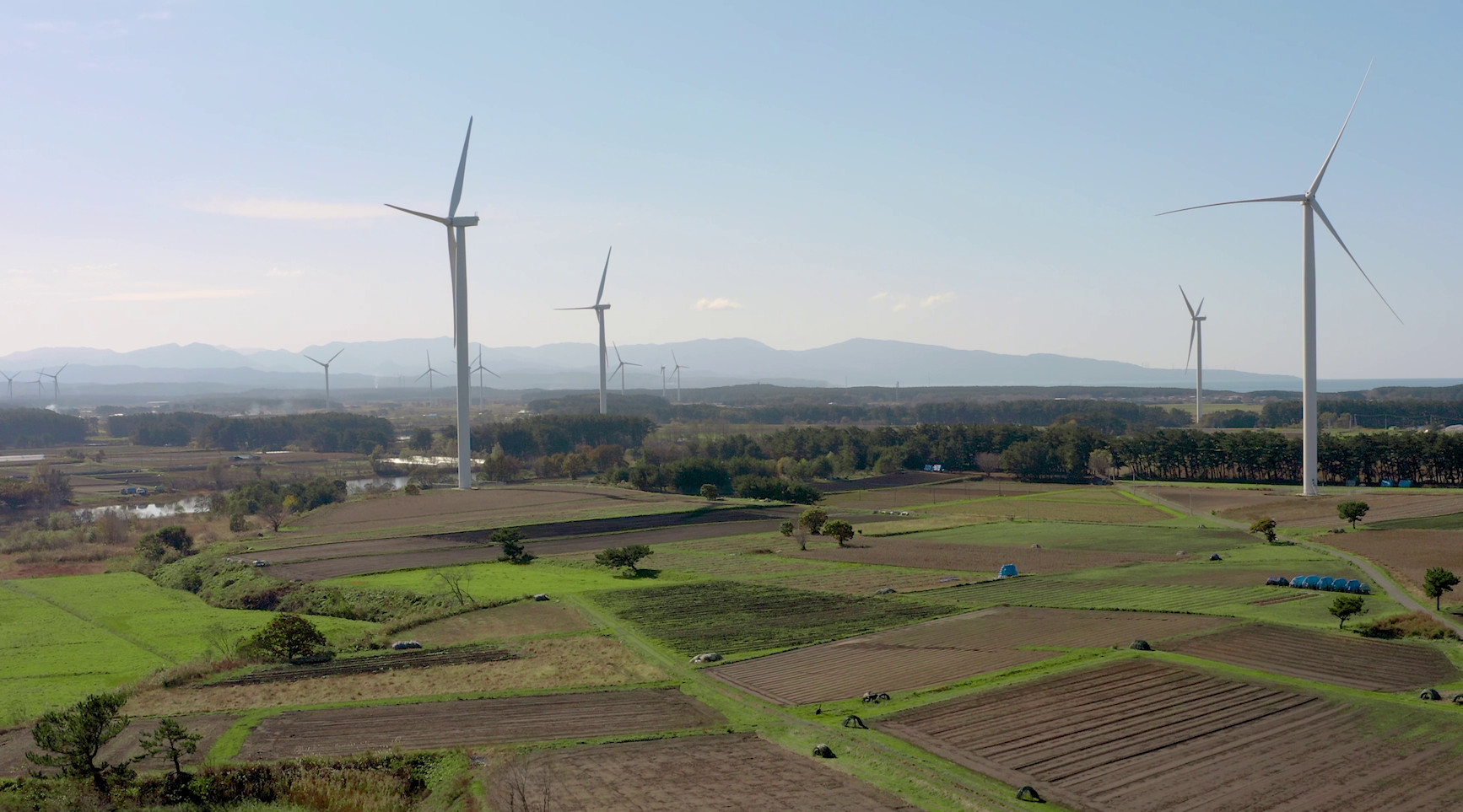April 15th, 2022
2 min read
Finding new ways to combat viruses and prevent infection has never been so important. Sanitizer effectively cleans surfaces, yet it relies on someone to physically perform the act of wiping. Staff in various work environments have had to multi-task and continuously step away from their regular duties to clean and disinfect high-traffic, high-touch areas.

What if there was a way to eliminate germs and viruses automatically and more economically, without physical intervention?
NTT is developing a virus inactivation technology called Fivery™ that prevents viral transmission and infection through ultraviolet (UV) light targeted on spaces and touchpoints using optical fibers. This innovation safely and effectively irradicates virus particles leveraging sensor devices installed in high-touch and traffic areas.
Eliminating germs on high touchpoints
For example, ATM bank machines are high touch. After each use, a sensor control activates a UV light to eliminate germs on the keypad buttons. When the next customer is detected, the UV light stops while the ATM is in use. Once the transaction is completed and the customer has left, the sensors communicate to begin the virus elimination process. This offering is helpful for elevator buttons and any other public, high-touch surface.
UV light is a type of electromagnetic radiation and UV-C is a type of light that has gained attention to eliminate SARS-oV-2 and other viruses. Up until now, the challenge has been safely applying this light to spaces and things where it wasn’t possible to shine UV light directly to avoid contact with people. The sensors can detect movement and stop the light from being emitted and halt the decontamination process when people are around.
Faster optical transmission that opens the door to innovation

NTT has been researching optical transmission technology for many years, discovering new ways to apply this innovation for good. Over this time, we have diversified UV infrared wavelengths using optical fiber through high-speed, large-capacity optical communication. These optical fibers propagate a speed 10,000 times higher light than ordinary optical communication using centralized control.
The team discovered that once there is a space to install optical fiber, it will be possible to deliver UV light to curb virus transmission. This technology also allows one light source to be used for multiple targets or for the intensity of the light to be controlled according to the movement of people in each space, maximizing efficiency and safe operation.
Helping organizations better adapt to future viruses and variants
Automatic and effective decontamination of high-touch buttons and public spaces will improve productivity for those businesses that are currently redirecting staff to clean these areas by hand.




